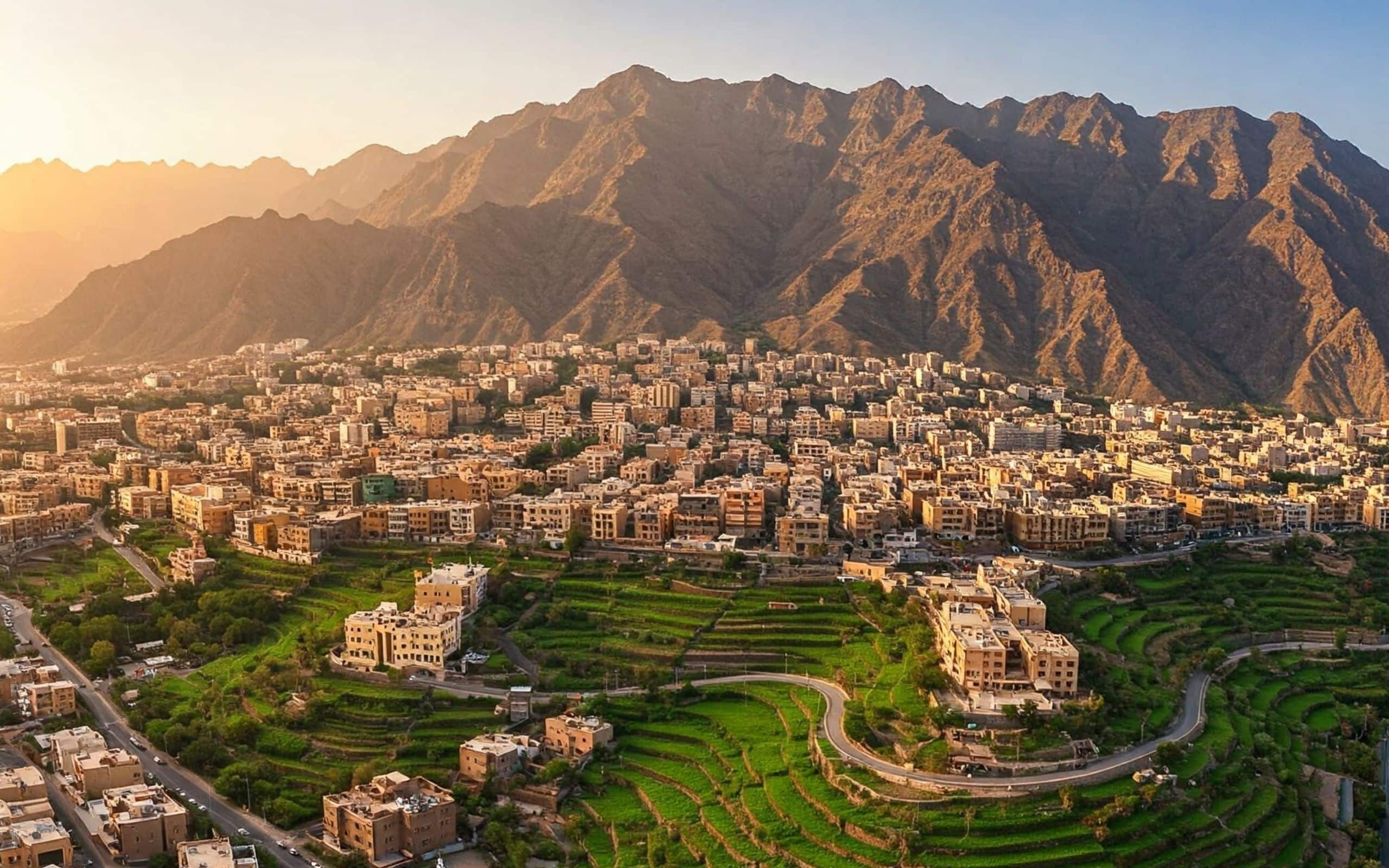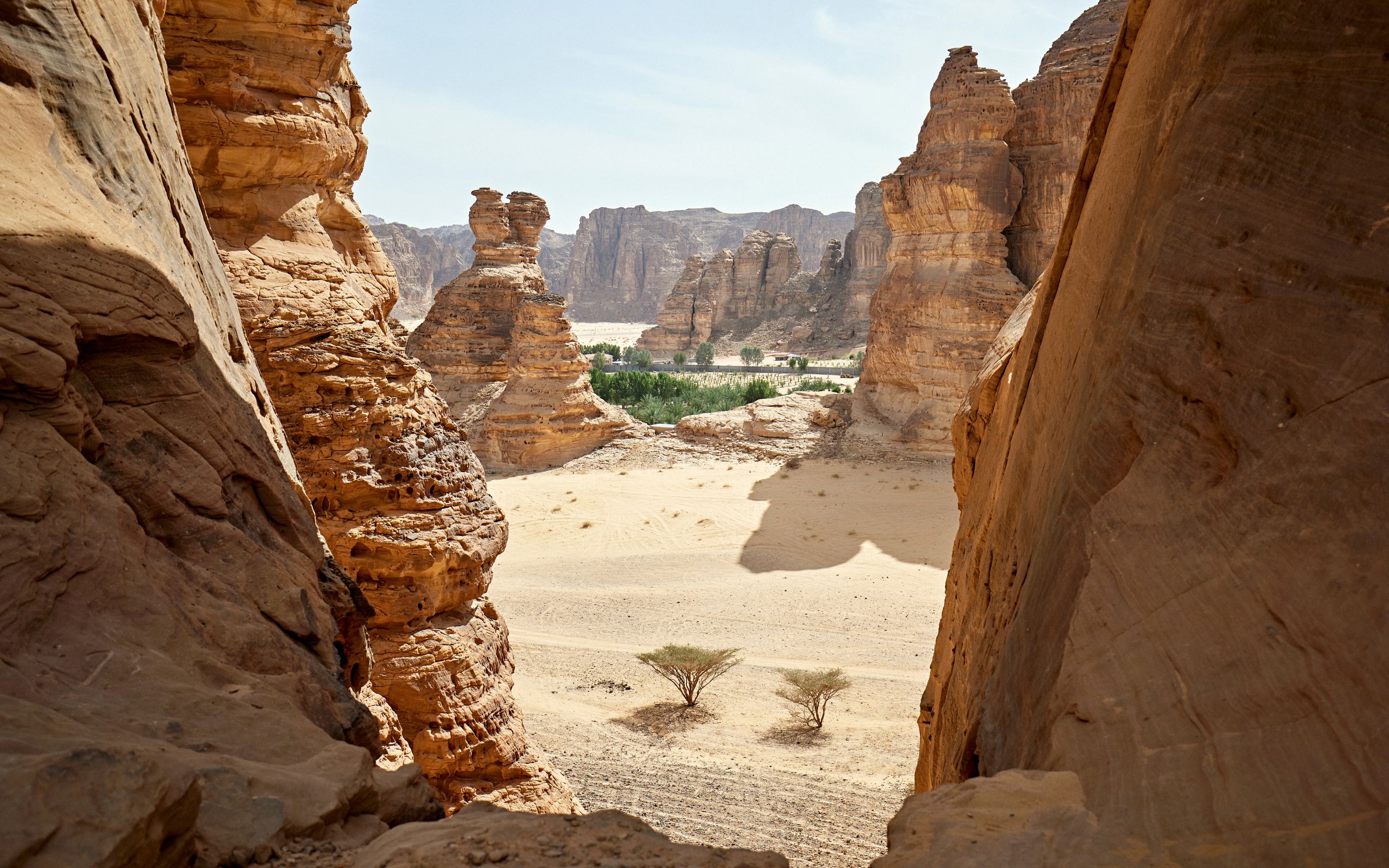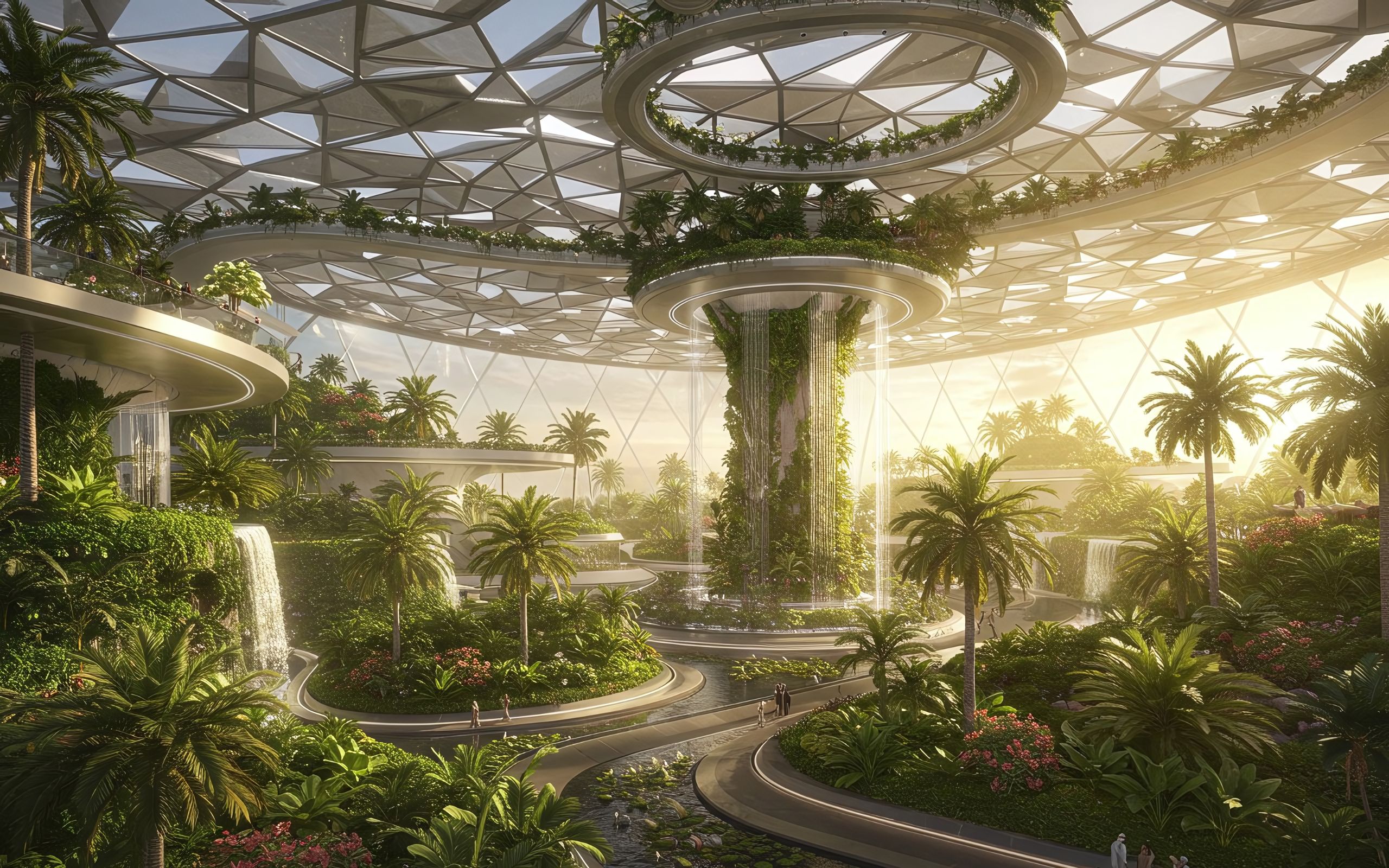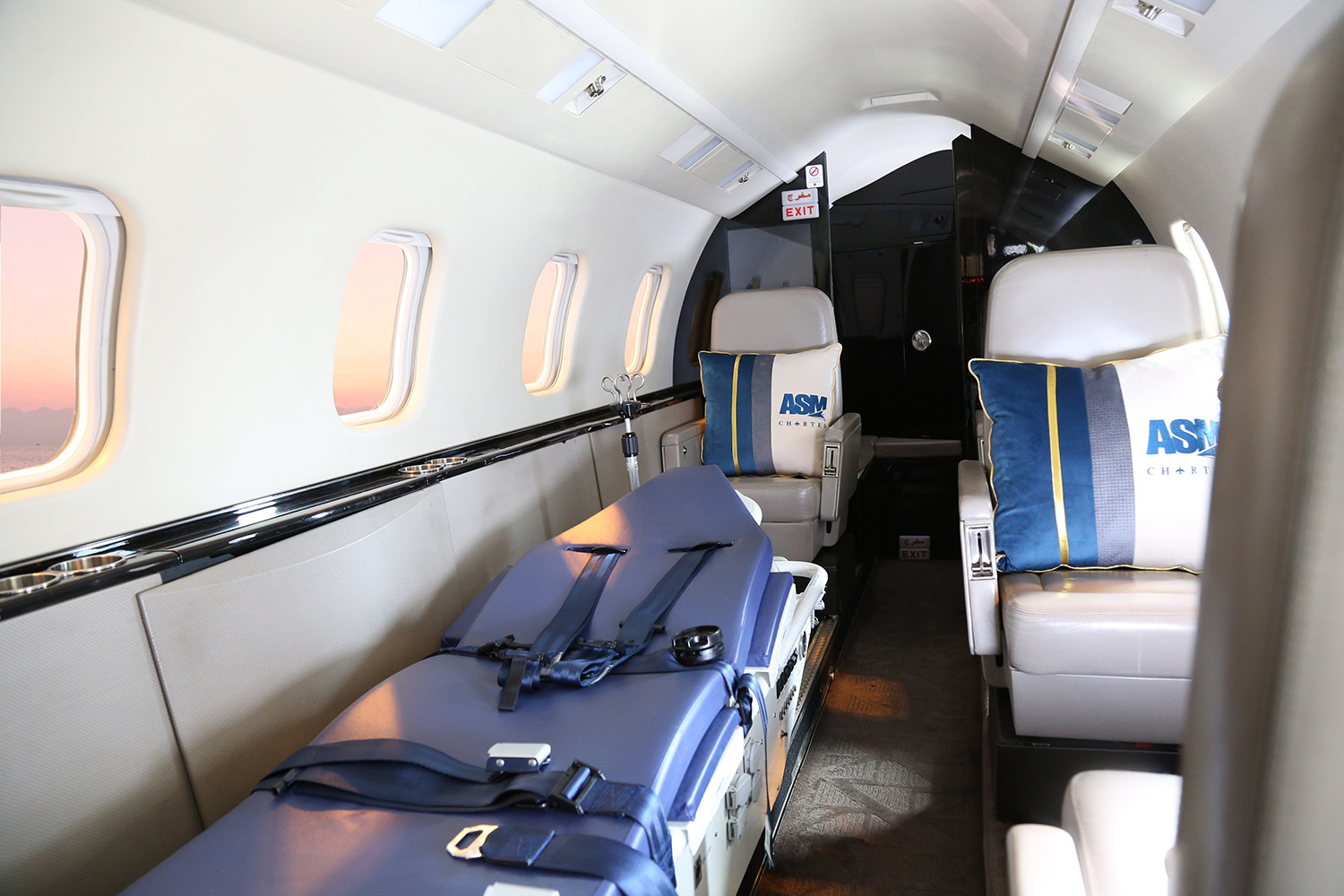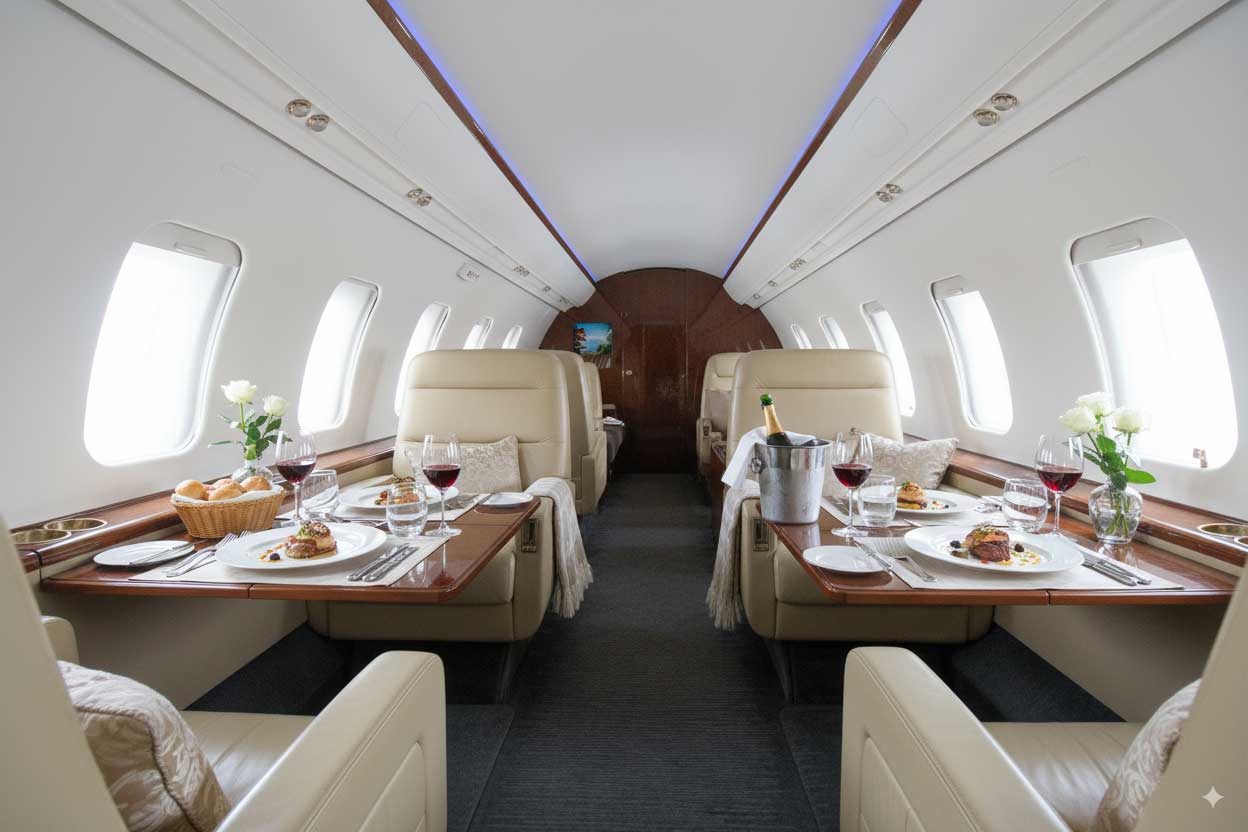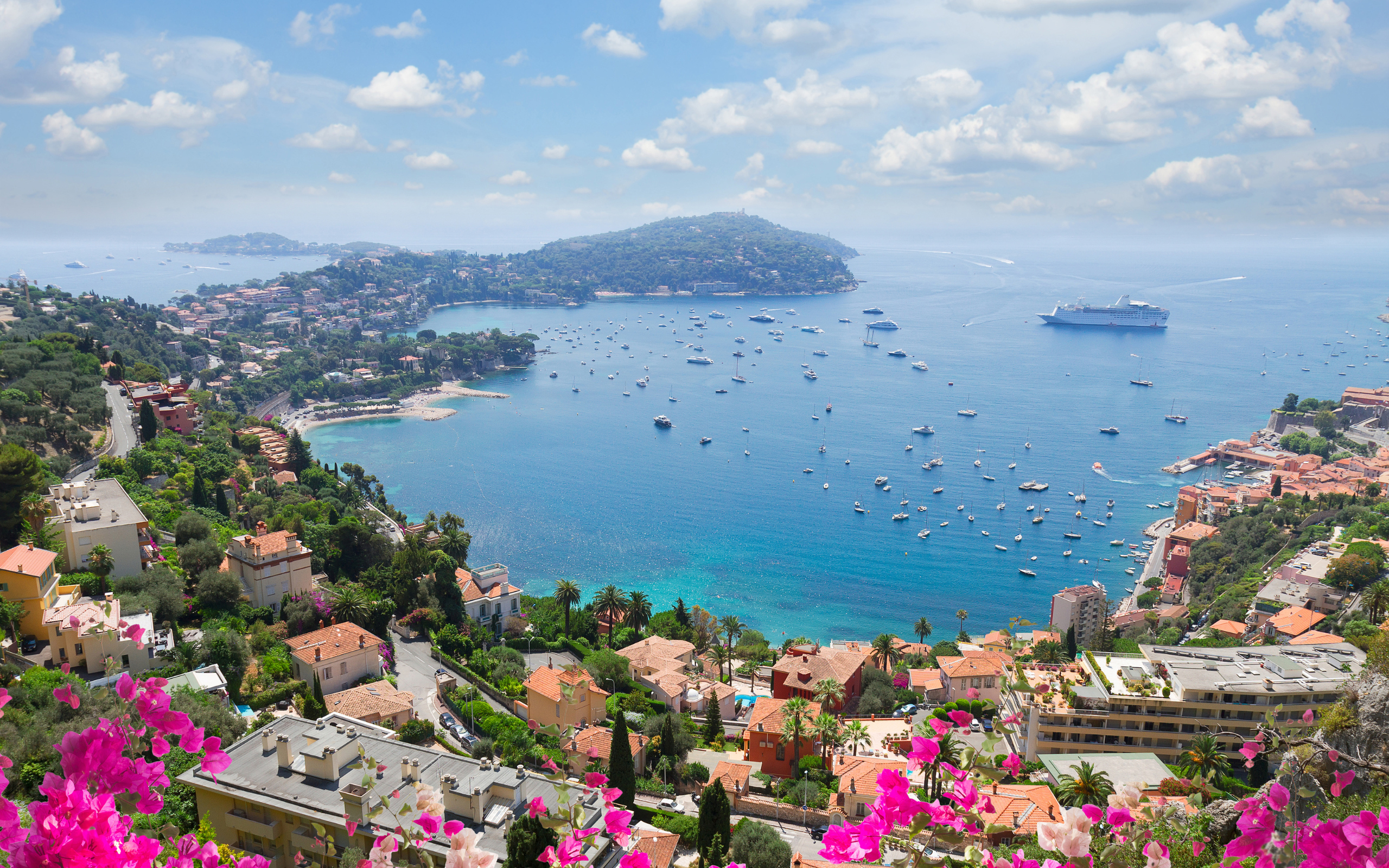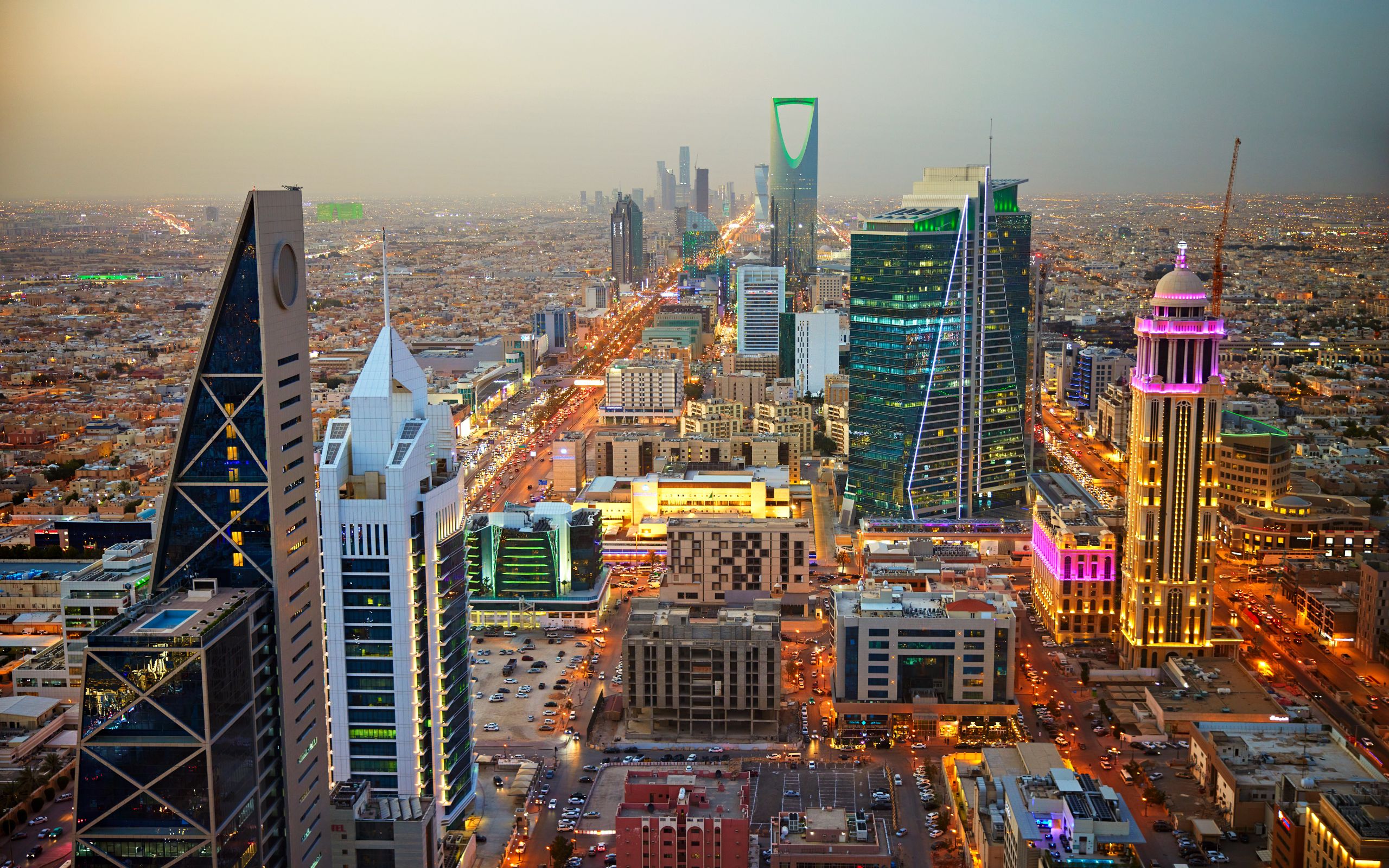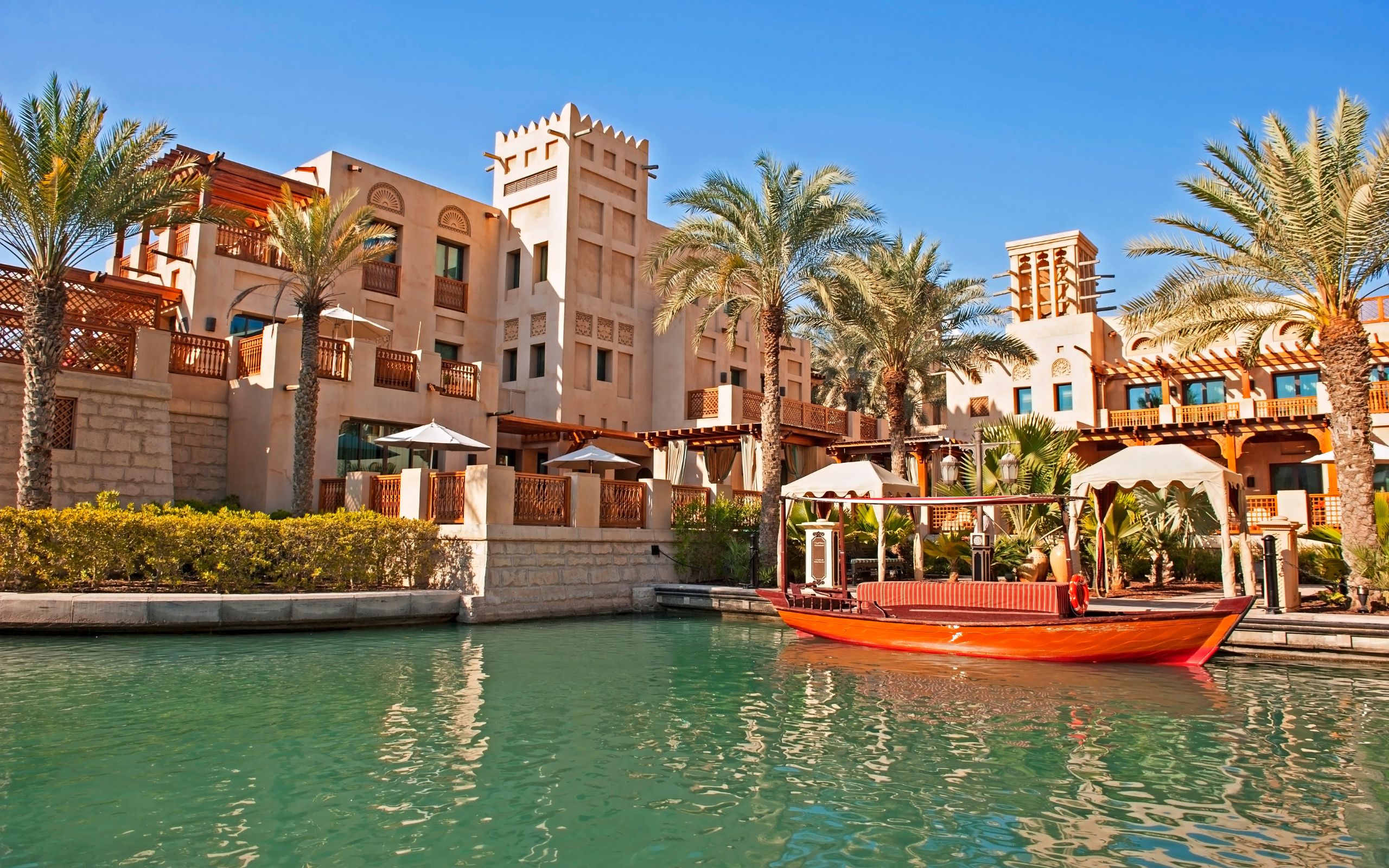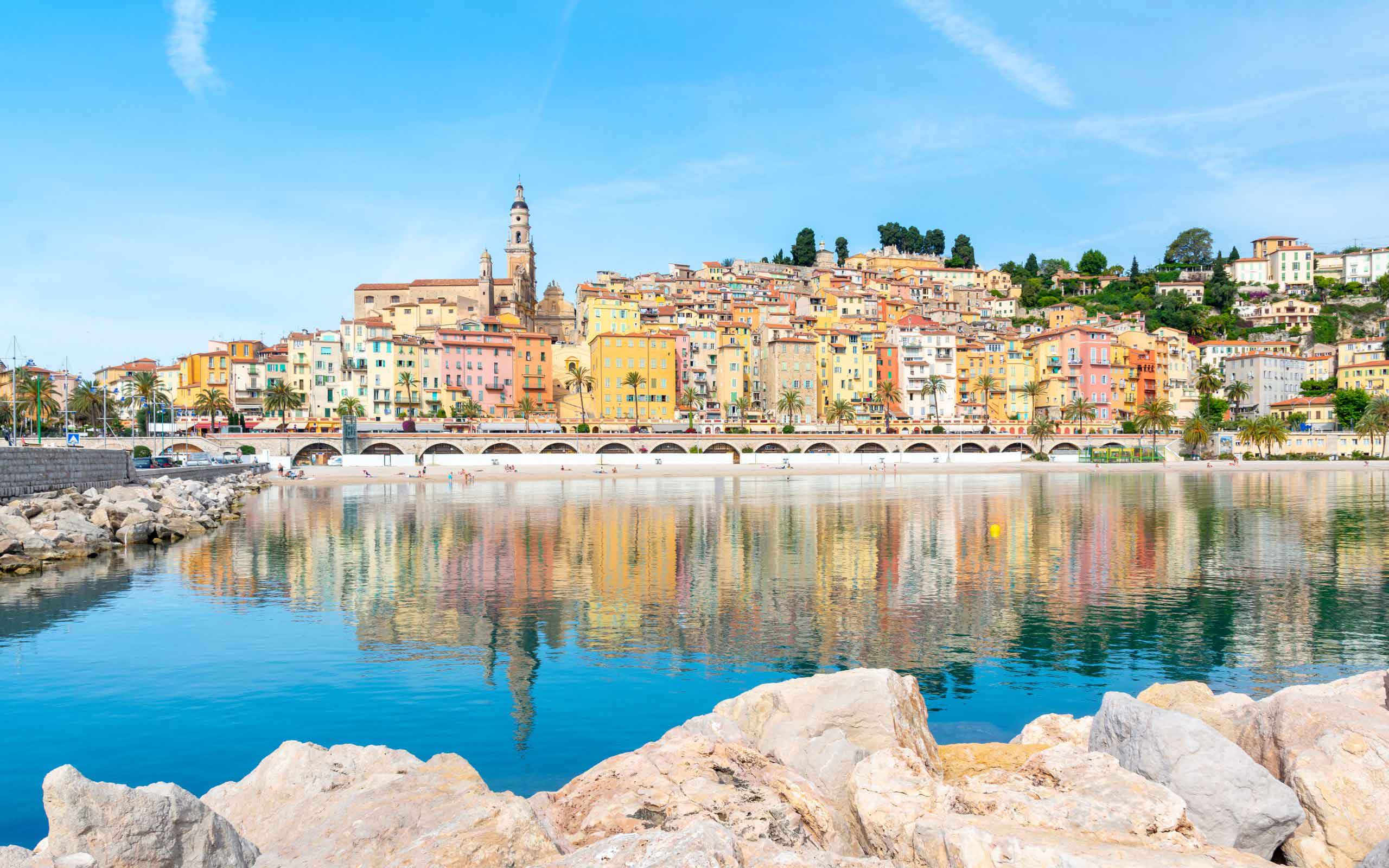Private jets redefine what it means to travel. They offer not just speed and convenience but a seamless blend of privacy, luxury, and control. For discerning travelers, entrepreneurs, and global executives, flying private is more than transportation — it’s a tailored experience designed around personal preference and purpose.
Table of Contents
Today’s private aviation industry offers a remarkable range of aircraft. From compact jets for short regional hops to long-range business jets capable of crossing continents non-stop, there’s an aircraft for every itinerary and ambition.
Understanding these categories helps travelers choose the perfect jet for their mission — whether it’s a quick meeting in Riyadh, a family escape to the Maldives, or a nonstop flight from Dubai to London.
The World of Private Jet Categories
Private jets are divided into categories based on size, range, and capacity. Each class has its own strengths — from agility and accessibility to endurance and elegance.
Very Light Jets (VLJs) and Light Jets: Compact, Smart, and Efficient
Perfect for short regional routes, VLJs and light jets are the entry point into private aviation. They can operate on shorter runways and smaller airports, bringing passengers closer to their final destinations — a major advantage in regions like the UAE, Saudi Arabia, and Europe, where secondary airports save valuable travel time.
- Capacity: 4–6 passengers
- Range: ~1,000–1,800 nautical miles
- Examples: Eclipse 500, Embraer Phenom 100, Cessna Citation M2
VLJs are sleek and agile — ideal for quick business trips or weekend getaways. Light jets take things further with better comfort and slightly longer range. Despite their compact size, modern light jets come equipped with Wi-Fi, leather interiors, and refreshment centers, making them perfect for regional charters across the Middle East or Europe.
Midsize and Super-Midsize Jets: The Balance Between Comfort and Range
When your journey demands more cabin space, luggage capacity, or nonstop range, midsize jets deliver an ideal balance of performance and luxury. These aircraft handle coast-to-coast flights and can comfortably seat up to 9 passengers.
- Capacity: 7–10 passengers
- Range: 2,200–3,400 nautical miles
- Examples: Learjet 60XR, Citation Latitude, Challenger 350, Gulfstream G150
Super-midsize jets add extra headroom, stand-up cabins, and more advanced soundproofing. With non-stop capability from Dubai to Athens or Singapore to Tokyo, they are popular among corporate travelers and families seeking both comfort and efficiency.
These jets often feature reclining club seats, divans, and enclosed lavatories, offering the right mix of privacy and productivity. Their speed and range make them a favorite for executive charters, VIP delegations, and private leisure groups.
Large, Long-Range, and Ultra-Long-Range Jets: The Pinnacle of Private Travel
For those who cross continents in style, heavy and ultra-long-range jets represent the highest tier of private aviation. Designed for global travel, these aircraft combine intercontinental performance with five-star comfort.
- Capacity: 10–19 passengers
- Range: 4,500–7,500 nautical miles
- Examples: Bombardier Challenger 605, Gulfstream G550, Dassault Falcon 900, Global 6500
Inside, expect spacious lounges, private bedrooms, dining areas, and full galleys. Some even feature showers and dedicated crew rest zones for long-haul comfort.
Ultra-long-range jets can fly nonstop from Dubai to New York or London to Hong Kong, connecting the world without the need for refueling stops.
These aircraft are often chosen by royal families, multinational executives, and celebrities who value discretion, global reach, and uninterrupted luxury.
The Economics of Private Aviation: Charter vs. Ownership
Flying private doesn’t always mean owning a jet. The choice between chartering, owning, or fractional programs depends on frequency, flexibility, and budget.
Jet Ownership
Owning a jet provides unmatched freedom and control but requires significant investment and ongoing maintenance.
- Acquisition Cost: $3 million to $90 million+
- Annual Operating Costs: $700,000 to $4 million
Owners must consider hangar fees, crew salaries, fuel, insurance, and periodic maintenance checks. However, for individuals or corporations flying 300+ hours annually, ownership can be justified — especially if supported by an aircraft management company.
Jet Charter and On-Demand Flights
Chartering offers flexibility without long-term commitment. Passengers pay only for the hours they fly.
Rates vary depending on aircraft type and destination — from $3,000/hour for light jets to $12,000/hour for heavy jets.
Private charter companies in the UAE, Europe, and the U.S. operate on-demand, with rapid dispatch times and full concierge coordination — from in-flight catering to ground transfers.
Fractional Ownership and Jet Cards
For frequent flyers who aren’t ready for full ownership, fractional programs and jet cards bridge the gap.
- Jet cards allow access to a set number of flight hours annually.
- Fractional ownership offers part-ownership of a specific aircraft, with shared maintenance costs.
These models are ideal for business travelers or families who fly often but want predictable pricing and guaranteed aircraft availability.
Inside the Cabin: Luxury Meets Functionality
The true allure of private aviation lies within the cabin — a space where design, comfort, and technology converge.
- Luxury Interiors: Hand-stitched leather seats, custom lighting, and quiet cabins.
- Connectivity: High-speed Wi-Fi, satellite phones, and video conferencing tools for business travelers.
- Cuisine: From light snacks to gourmet meals prepared onboard in fully equipped galleys.
- Comfort: Lie-flat seats, private suites, and spa-style lavatories for long-haul comfort.
Each jet is designed around the passenger’s purpose — productivity for executives, relaxation for leisure travelers, and discretion for VIPs.
Advanced Avionics and Performance Capabilities
Behind the comfort lies precision engineering. Modern private jets feature state-of-the-art avionics that enhance safety, fuel efficiency, and flight performance.
- NextGen navigation systems for optimized routes
- Enhanced weather radar to avoid turbulence
- Reduced cabin altitude pressurization, minimizing fatigue
- Noise reduction systems for a peaceful onboard experience
These innovations make today’s private aircraft faster, quieter, and more sustainable than ever before.
The Future of Private Aviation
Private aviation is evolving beyond luxury — toward sustainability, speed, and digital innovation.
Manufacturers are investing in hybrid-electric propulsion, Sustainable Aviation Fuel (SAF), and AI-driven flight planning systems. Meanwhile, on-demand charter platforms now allow passengers to book flights through mobile apps with real-time availability.
As the UAE and global hubs like Geneva, London, and Singapore expand FBO networks, the next generation of private jets promises quieter cabins, lower emissions, and faster global reach — without compromising comfort.
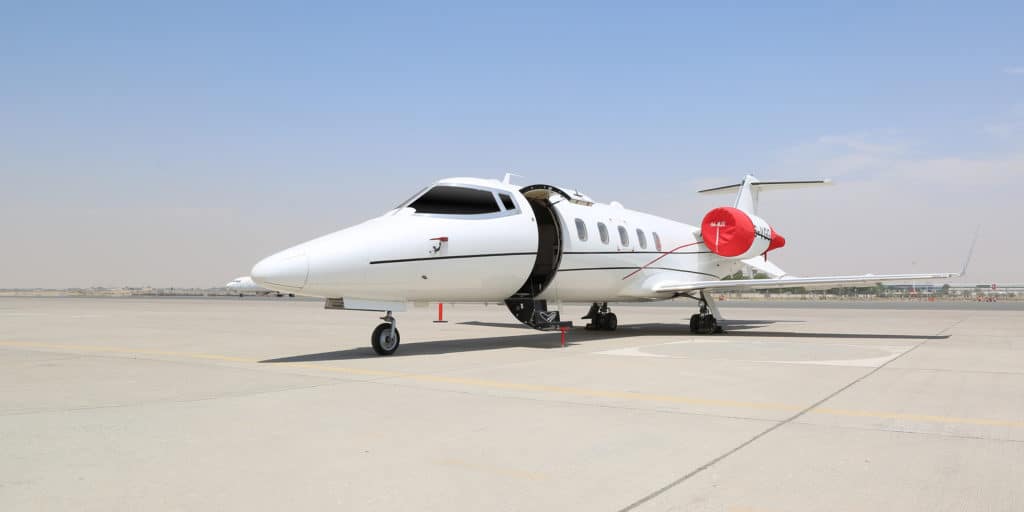
FAQs – Types of Private Jets
What are the main categories of private jets?
Very Light, Light, Midsize, Super-Midsize, Heavy/Long-Range. Each steps up range, cabin volume, and payload to match mission length and passenger count.
Which private jets are most popular among business travelers?
Midsize and super-midsize types—Citation Latitude, Challenger 350, Praetor 600—balanced cabins, range, and cost per hour.
What is the most luxurious private jet available?
Flagships like Gulfstream G700 and Bombardier Global 7500 with suites, showers, and 7,500+ nm range.
How much does it cost to charter a private jet?
Broadly $3,000–$12,000+ per flight hour by class and season. Positioning, overnights, and short sectors can affect totals.
Can private jets fly internationally?
Yes. Heavy and ultra-long-range jets connect continents non-stop (e.g., Dubai–London, New York–Paris, Geneva–Singapore).
What is private jet management and why do owners choose it?
It’s a professional operator running your aircraft day-to-day—crew, ops, safety, maintenance control, finance—so you enjoy the jet without the admin. Many owners choose management for cost control, safety assurance, and optional charter revenue.
What’s typically included in a management agreement?
Flight ops, crew, training, scheduling, dispatch, permits, fuel/handling procurement, safety & compliance, finance/admin, CAMO coordination, and owner reporting. Scope varies—AOC (commercial) or NCC/Part 91 (private).
Can charter revenue really offset ownership costs?
It can offset some fixed costs if the aircraft and cabin are charter-friendly and availability is planned. Utilization, market demand, and pricing discipline determine the yield.
What does CAMO actually do?
CAMO ensures continuing airworthiness—AMP, AD/SB compliance, LLP tracking, reliability monitoring, maintenance planning, records integrity, and ARC support—so the aircraft remains legally airworthy and technically sound.
How is CAMO different from Part-145 maintenance?
CAMO plans, controls, and certifies continuing airworthiness; Part-145 performs the physical maintenance. Think strategy and oversight vs. spanners and shop floor.
Key Takeaway
Private aviation offers more than just travel — it provides control, freedom, and exclusivity. Whether you’re flying a nimble light jet for a day trip or an ultra-long-range aircraft for a global mission, private jets deliver the ultimate balance of time, comfort, and privacy.
In a world where efficiency and experience define value, the private jet remains the ultimate symbol of tailored travel — your schedule, your route, your sky.
Book Your Private Jet Now
📩 Email:charter@asm.aero
📞 Phone: +971 4 409 7788
🟢 WhatsApp: +971 50 481 6987 / 76
💬 WeChat: ASMDXB
Top Destinations to Visit by Private Jet in Italy


